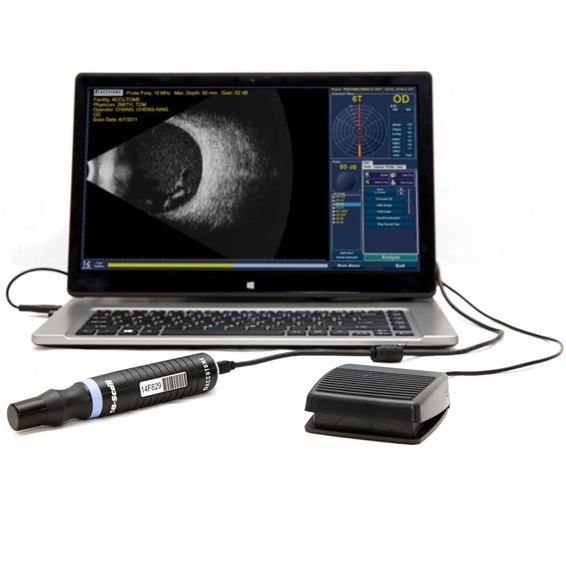Air bubble in the eye- post surgery
Air bubble- actual function After cataract surgery, patients sometimes notice a small air bubble in the eye. This bubble is a normal and planned part of the procedure and is completely harmless. It is usually placed in the anterior chamber to support the healing process. The bubble helps the cornea maintain its proper shape, stabilizes…

